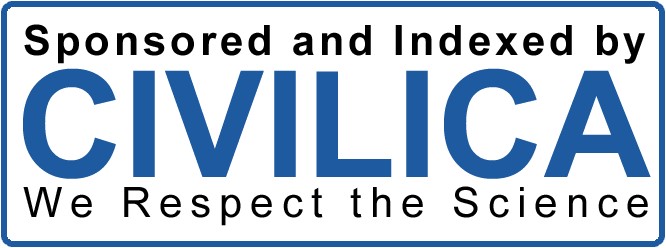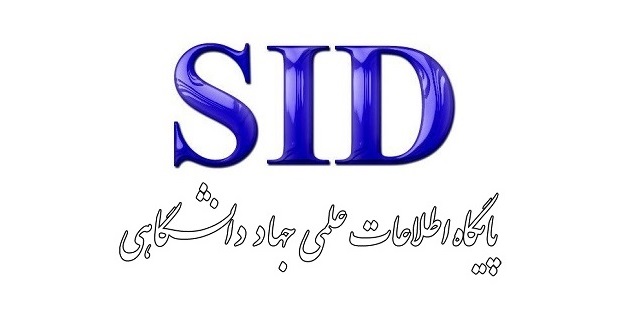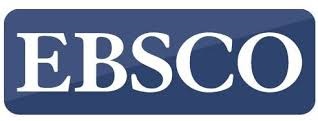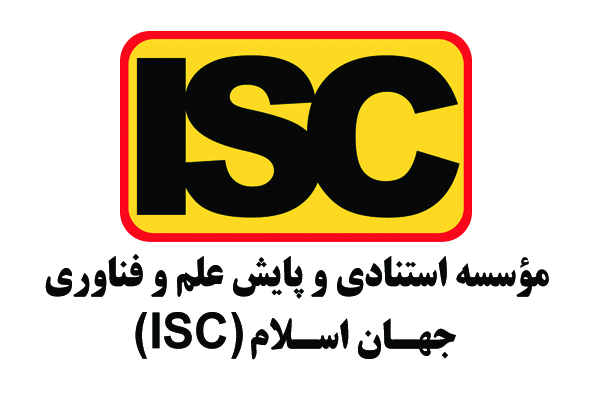Designing a Model of Factors Influencing Marketing and Competitiveness in the Automotive Industry in Iran
Keywords:
Marketing, Automotive Industry Competitiveness, Proper PolicymakingAbstract
Competitiveness is among the critical topics that has been emphasized in the management and marketing literature in recent years. The increasing competition and the abundance of products produced by automotive groups both domestically and internationally have presented Iranian customers with a wide range of choices. This study seeks to identify, categorize, and model the factors influencing the marketing and competitiveness of the automotive industry in Iran by employing the qualitative thematic analysis research method. In this regard, interviews were conducted with 14 professors and senior experts in the automotive marketing field, each with a minimum of 10 years of work experience and at least a master's degree. According to the qualitative model, 11 main categories were identified and classified under contexts, processes, and outcomes as follows: The context category includes domestic and foreign investment attraction, proper policymaking, sanctions, state ownership, and monopoly. The process category includes marketing and competitiveness in the automotive industry, knowledge and technology development, improvement of design and production processes, and improvement of services. The outcomes of the presented model include customer satisfaction and increased market share. Additionally, the variables of proper policymaking and domestic and foreign investment attraction had the highest frequency, indicating the greater importance of these variables in the research model.
Downloads
References
Candelo, E., Troise, C., Matricano, D., Lepore, A., & Sorrentino, M. (2021). The Evolution of the Pathways of Innovation
Strategies in the Automotive Industry: The Case of Fiat Chrysler Automobiles. European Journal of Innovation
Management, ahead-of-print. https://doi.org/10.1108/EJIM-01-2021-0058
Chamsuk, W., Fongsuwan, W., & Takala, J. (2017). The Effects of R&D and Innovation Capabilities on the Thai
Automotive Industry Part's Competitive Advantage: A SEM Approach. Management and Production Engineering
Review. https://doi.org/10.1515/mper-2017-0011
Debenedetti, A., Philippe, D., Chaney, D., & Humphreys, A. (2021). Maintaining Legitimacy in Contested Mature
Markets Through Discursive Strategies: The Case of Corporate Environmentalism in the French Automotive
Industry. Industrial Marketing Management, 92, 332-343. https://doi.org/10.1016/j.indmarman.2020.02.009
Ed-Dafali, S., Al-Azad, M. S., Mohiuddin, M., & Reza, M. N. H. (2023). Strategic orientations, organizational
ambidexterity, and sustainable competitive advantage: Mediating role of industry 4.0 readiness in emerging markets.
Journal of Cleaner Production, 401, 136765. https://doi.org/https://doi.org/10.1016/j.jclepro.2023.136765
Guitart, I. A., Gonzalez, J., & Stremersch, S. (2018). Advertising non-premium products as if they were premium: The
impact of advertising up on advertising elasticity and brand equity. International journal of research in marketing,
(3), 471-489. https://doi.org/https://doi.org/10.1016/j.ijresmar.2018.03.004
Hosseinpour, M., & Amini, E. (2011). Rent-Seeking State, State Economy, Political Culture, and Social Capital in Iran.
Scientific Journal of Political and International Research, 3(7), 59-94.
http://ensani.ir/fa/article/476651/%D8%AF%D9%88%D9%84%D8%AA-
%D8%B1%D8%A7%D9%86%D8%AA%DB%8C-%D8%A7%D9%82%D8%AA%D8%B5%D8%A7%D8%AF-
%D8%AF%D9%88%D9%84%D8%AA%DB%8C-%D9%81%D8%B1%D9%87%D9%86%DA%AF-
%D8%B3%DB%8C%D8%A7%D8%B3%DB%8C-%D9%88-
%D8%B3%D8%B1%D9%85%D8%A7%DB%8C%D9%87-
%D8%A7%D8%AC%D8%AA%D9%85%D8%A7%D8%B9%DB%8C-%D8%AF%D8%B1-
%D8%A7%DB%8C%D8%B1%D8%A7%D9%86-1384-1368-
Korber, S., Siedlok, F., Callagher, L., & Elsahn, Z. (2023). Chapter 5 - Competitive advantage through multidisciplinary
innovation in nutraceuticals: From concept optimisation to context transformation. In C. Santini, S. Supino, & L.
Bailetti (Eds.), Case Studies on the Business of Nutraceuticals, Functional and Super Foods (pp. 85-104). Woodhead
Publishing. https://doi.org/https://doi.org/10.1016/B978-0-12-821408-4.00007-9
Lazizovich, T. K. (2022). Development of Sales Strategies and Alternative Marketing Channels in The World's Leading
Automotive Corporations. Asian Journal of Technology and Management Research(2249).
https://www.cliffsnotes.com/study-notes/4257614
Lin, W. L., Ho, J. A., Sambasivan, M., Yip, N., & Mohamed, A. B. (2021). Influence of green innovation strategy on
brand value: The role of marketing capability and R&D intensity. Technological Forecasting and Social Change,
, 120946. https://doi.org/https://doi.org/10.1016/j.techfore.2021.120946
Liu, Y., Jiang, C., & Zhao, H. (2019). Assessing product competitive advantages from the perspective of customers by
mining user-generated content on social media. Decision Support Systems, 123, 113079.
https://doi.org/https://doi.org/10.1016/j.dss.2019.113079
Llopis-Albert, C., Rubio, F., & Valero, F. (2021). Impact of digital transformation on the automotive industry.
Technological Forecasting and Social Change, 162, 120343.
https://doi.org/https://doi.org/10.1016/j.techfore.2020.120343
Llopis-Albert, C., Rubio, F., Valero, F. J. T. f., & change, s. (2021). Impact of digital transformation on the automotive
industry. 162, 120343.
Marzban, H., & Ostadzad, A. H. (2015). The Impact of Economic Sanctions on Production and Social Welfare in Iran:
An Approach from the Extended Random Growth Model. Iranian Economic Research, 20(63), 37-69.
https://doi.org/10.22054/ijer.2015.4093
Mohammadpour, E. (2013). Anti-Method Qualitative Research (2nd ed.). Sociologists.
https://www.gisoom.com/book/1889909/%DA%A9%D8%AA%D8%A7%D8%A8-%D8%B1%D9%88%D8%B4-
%D8%AA%D8%AD%D9%82%DB%8C%D9%82-%DA%A9%DB%8C%D9%81%DB%8C-
%D8%B6%D8%AF-%D8%B1%D9%88%D8%B4-%D9%85%D8%B1%D8%A7%D8%AD%D9%84-%D9%88-
%D8%B1%D9%88%DB%8C%D9%87-%D9%87%D8%A7%DB%8C-%D8%B9%D9%85%D9%84%DB%8C-
%D8%AF%D8%B1-%D8%B1%D9%88%D8%B4-%D8%B4%D9%86%D8%A7%D8%B3%DB%8C-
%DA%A9%DB%8C%D9%81%DB%8C-%D8%AC%D9%84%D8%AF-2/
Rauch, S. (2019). Procedure to sustain competitive advantage in an era of changing dominant design. Procedia CIRP,
, 838-843. https://doi.org/https://doi.org/10.1016/j.procir.2019.03.209
Shafiei, A., & Tat, S. (2020). Research Methods in Management (2nd ed.). Marketing Publications.
http://marketingpublisher.ir/books/257-%D8%B1%D9%88%D8%B4-
%D8%AA%D8%AD%D9%82%DB%8C%D9%82-%D8%AF%D8%B1-
%D9%85%D8%AF%DB%8C%D8%B1%DB%8C%D8%AA.html
Takami, S. M. M. (2021). Analysis of Necessary Developments in the Automotive Industry in a World-Class System.
International Journal of Engineering and Sciences(1), 1-15. https://www.researchgate.net/profile/AhmadBathaei/publication/359013863_An_Overview_of_Organizational_Performance_and_Total_Quality_Management
/links/622236653c53d31ba4a67605/An-Overview-of-Organizational-Performance-and-Total-QualityManagement.pdf
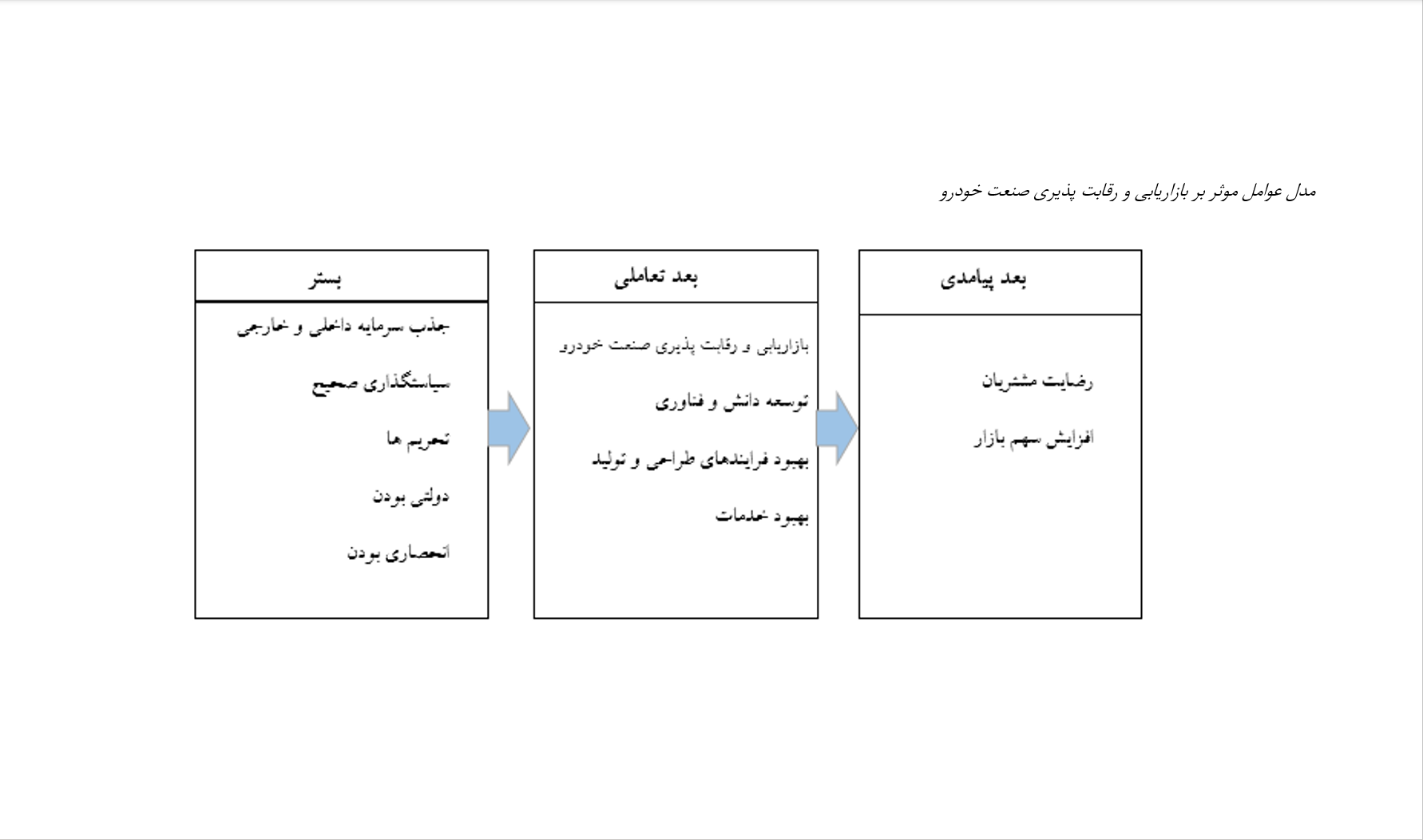
Downloads
Published
Submitted
Revised
Accepted
Issue
Section
License
Copyright (c) -1 Journal of Technology in Entrepreneurship and Strategic Management (JTESM)

This work is licensed under a Creative Commons Attribution-NonCommercial 4.0 International License.



